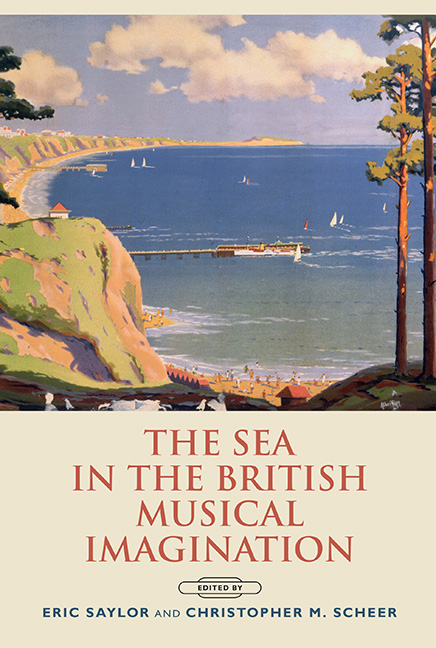9 - Three Journeys, Two Paths: Locating the Lyric and Dramatic in Elgar’s Sea Pictures
Published online by Cambridge University Press: 12 June 2021
Summary
WHILE EDWARD ELGAR'S song-cycle Sea Pictures (1899) has been popular with audiences since its premiere, critics have remained less than impressed by the composition. Commentators have analysed Sea Pictures as a set of stand-alone miniatures, deemed it inferior to the composer's other works due to the poetry Elgar chose to set, and even argued that it is cyclical only in a literary sense because (purportedly) the five songs lack a compelling sense of musical unity. Most of the comments within the secondary literature can be summed up by the terse statement within J. P. E. Harper-Scott's Elgar: An Extraordinary Life: ‘Sea Pictures, Op. 37, has a hotch-potch jumble of five poems, one of the best of them by [the composer's wife] Alice Elgar (a memory of a trip to Capri, set in 1897 as “Love alone will stay”). One of the songs, “Sabbath Morning at Sea”, is made of old music from 1883; it is the weakest of the set.’ Harper-Scott, like most of the biographers who have come before him, notes that there were five songs in the cycle (each one featuring a text by a different poet), and presents little else aside from who sang the premiere (Clara Butt) and where it took place (the Norfolk and Norwich Musical Festival). Within most biographies of the composer, Sea Pictures is worth little else.
Yet those who present the two most detailed musical analyses of the work, Stephen Banfield and Trevor Hold, find Sea Pictures’ combination of imagery and music not only compelling, but better than most of Elgar's other efforts in the genre of song. Hold, after castigating Elgar as a songwriter (for being ‘content to accept the artistically [sic] meretriciousness of the popular ballad format’ and for his lack of fastidiousness in word setting), admits that within Sea Pictures ‘the real Elgar peeps through and we have real music’. Banfield believes Sea Pictures is successful because it ultimately ‘amalgamates the two strongly contrasted aspects of Elgar's personality, the outer love of invigorating, sometimes vulgar spectacle and bombast … and the inner, private hypersensitivity to emotional influence, in this case personal nostalgia’.
- Type
- Chapter
- Information
- The Sea in the British Musical Imagination , pp. 179 - 204Publisher: Boydell & BrewerPrint publication year: 2015

